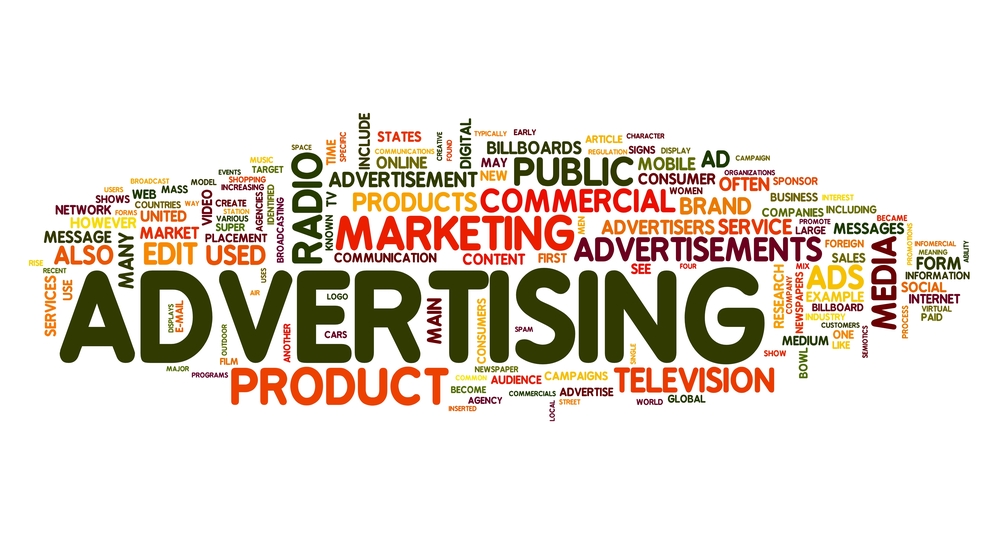These two terms are most times used interchangeably, however, there are actually many differences, as well as similarities between marketing and advertising. In basic terms, marketing is the process of identifying customer needs and adopting the best strategy to meet those needs, while on the other hand, advertising is the exercise of promoting a company and its products or services through paid channels.
Read more about Marketing
Marketing is a business practice that involves identifying, predicting and meeting customer needs, while maximizing revenue at the same time. On the other hand, advertising is a business practice where a company pays to place its messaging or branding in a particular location through various advertising means.
Businesses take advantage of advertising to promote their products and services for sale, as well as establish business culture and branding. When advertising is strategic (directed to the right audience), it can drive customer acquisition and boost sales.
In other words, advertising is a component of marketing, because marketing involves research and analysis on how people respond to products and services, which informs how companies create promotional language and design elements related to products, and advertising spreads the word about these products and services to the identified audiences.
Traditionally, marketing strategies previously relied upon four different channels to connect with customers, which include print, mail, TV and telephone. However, with the evolvement of technology, marketing has transformed digitally and has formed new digital platforms such as social media, which enables a two-way communication between businesses and clients.
Types of Marketing
With the evolvement of technology, marketing has evolved beyond just traditional marketing, it now involves:
- Digital Marketing: Digital marketing refers to the use of electronic communication devices such as our mobile phones and computers, to employ marketing strategies. Digital marketing strategies often make use of electronic search engines such as emails, blogs and websites.
- Brand Management: Brand management has become a part of marketing, because it attempts to create a relationship between a customer and the company’s brand. However, to make this possible, it is important that the company’s brand identity such as the brand logo, design, colour, and packaging be properly evaluated.
- Social Media Marketing: This is another part of digital marketing, however, this aspect of digital marketing focuses on various social media such as Facebook or Twitter to reach potential clients.
- Product Development: Product development is the process of transforming a business opportunity into a sellable product or service and can occur with new or existing products.
Sign up to the Connect Nigeria daily newsletter
Types of Advertising
Just like marketing, advertising has various types, which include:
- Traditional Advertising: This term refers to ad placement in traditional print and broadcast media, as previously used before the evolvement of technology.
- Retail Advertising: This refers to the use of retail stores to place various adverts, in order to maximize sales.
- Outdoor Advertising: This form of advertising focuses on placing adverts on exterior structures, generally in heavily trafficked areas, to attract the most attention of customers.
- Online Advertising: Just like digital marketing, online advertising refers to ad placement on the internet, in media and other websites.
The main difference between these two business practices is that advertising is a part of marketing. That means advertising is a concept under marketing, however, these two concepts work hand-in-hand. A successful marketing strategy typically dedicates resources to advertising at various levels, placing business-marketing communications in various types of media.
When studying the relationship between marketing and advertising, it is important to know that advertising is actually a component of marketing. In other words, advertising is a step in the marketing process, the step one that uses the data and research collected by marketing strategists to create persuasive promotions for the target audience. Additionally, marketers investigate consumer behavior, advertisers engage in design, multimedia production, and endeavors that are more creative to convince consumers to act.
Featured image Source: LanderApp
Got a suggestion? Contact us: [email protected]


